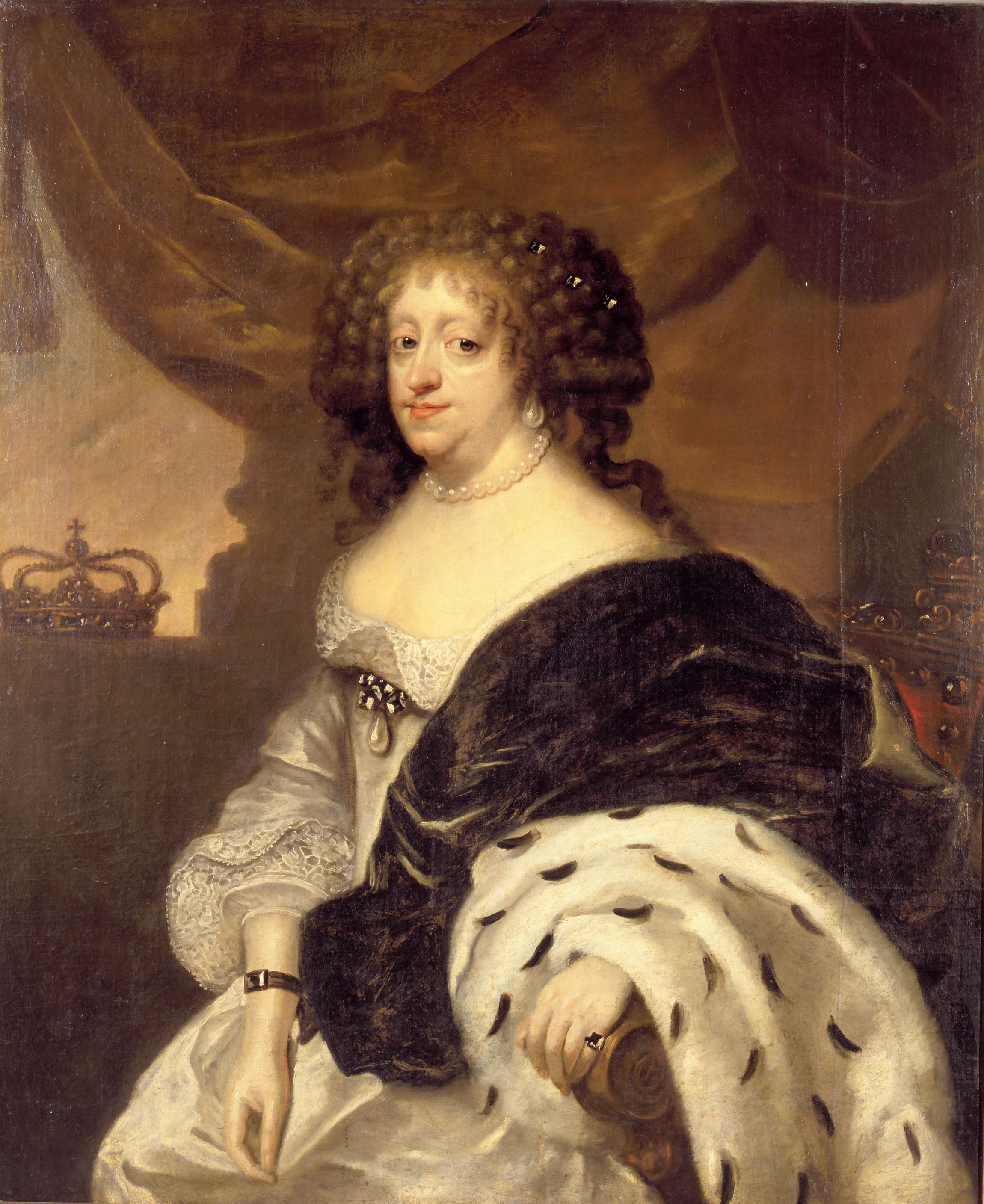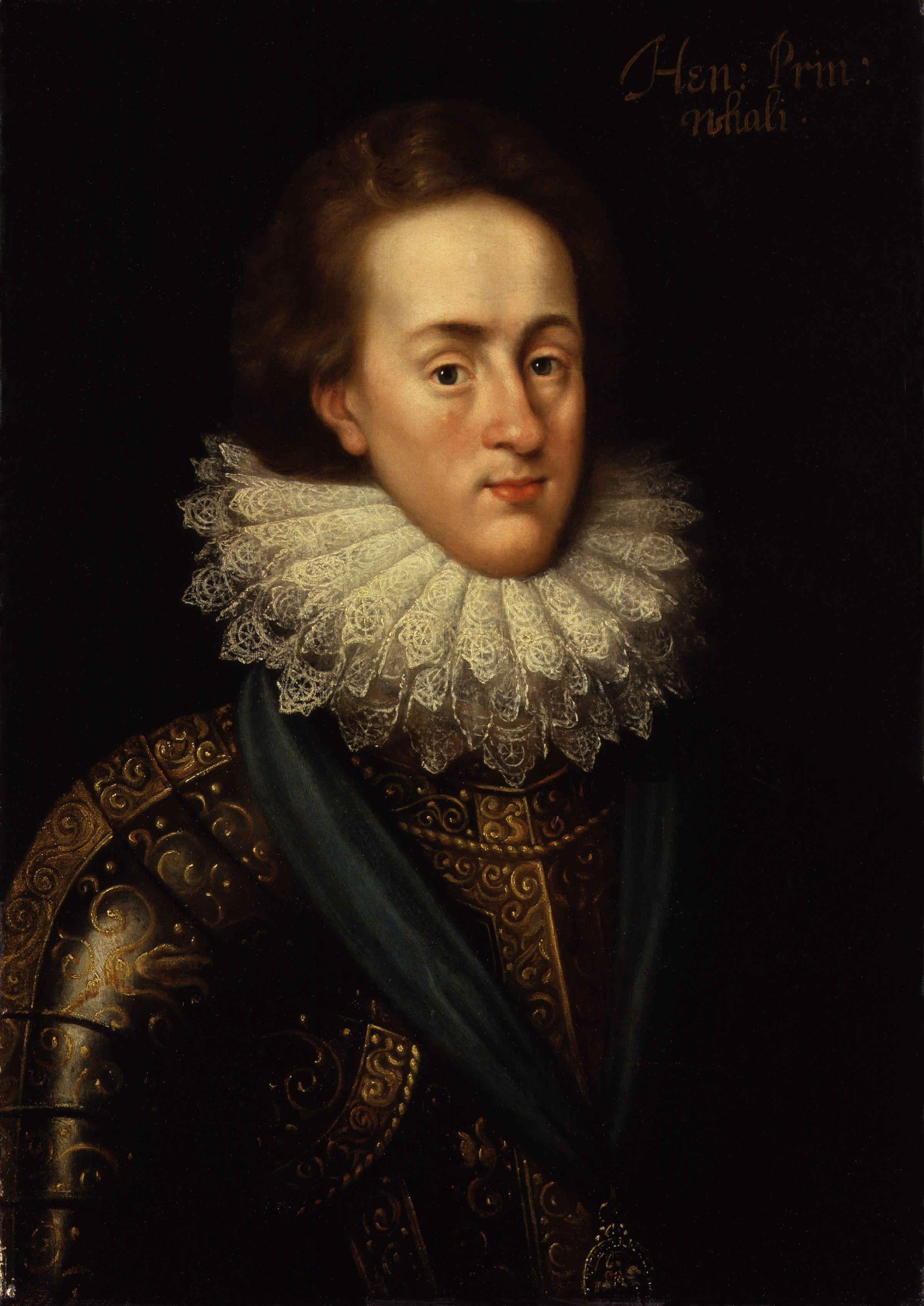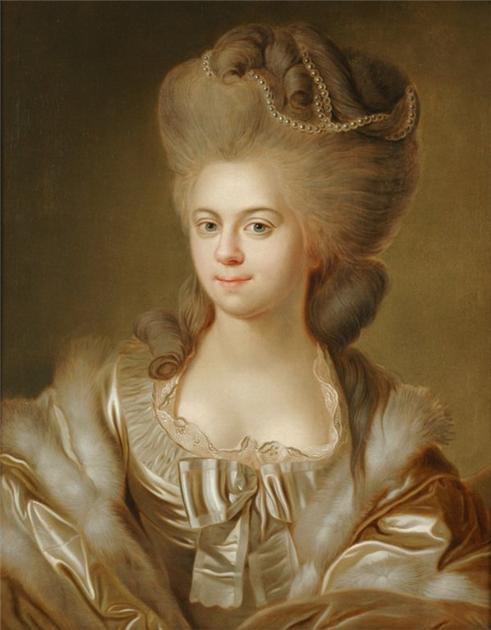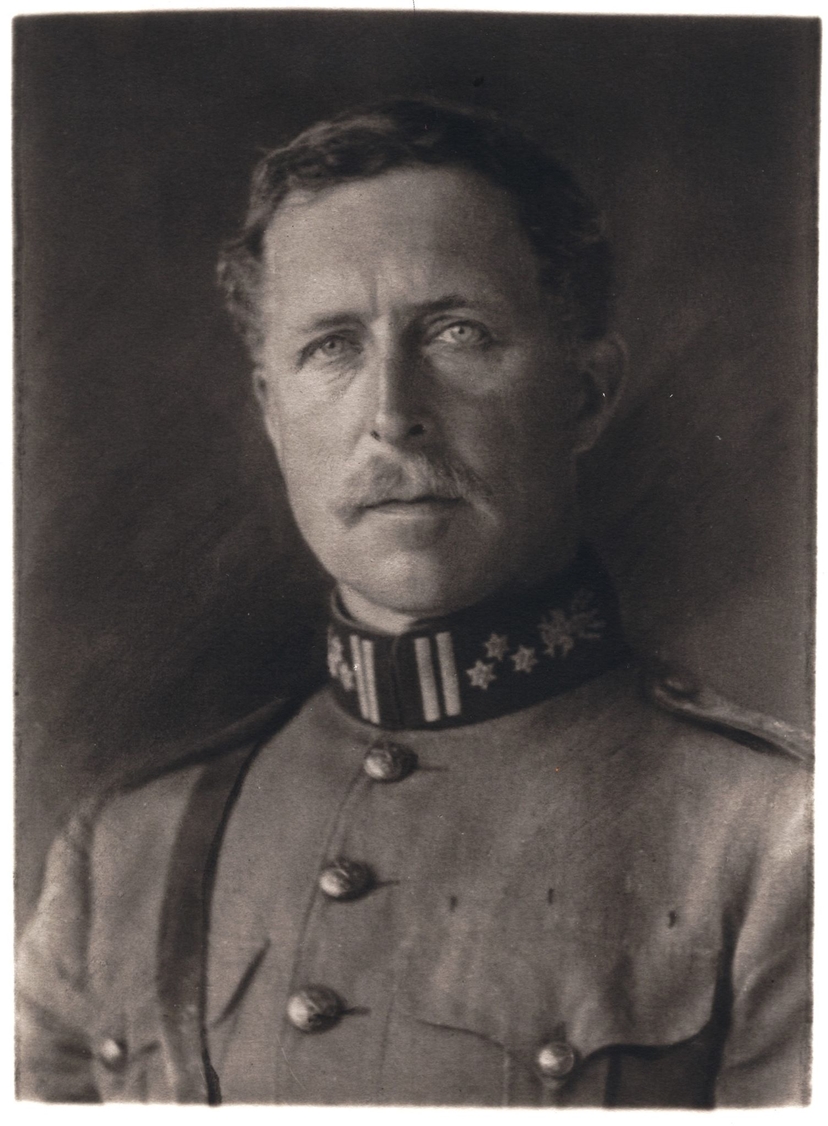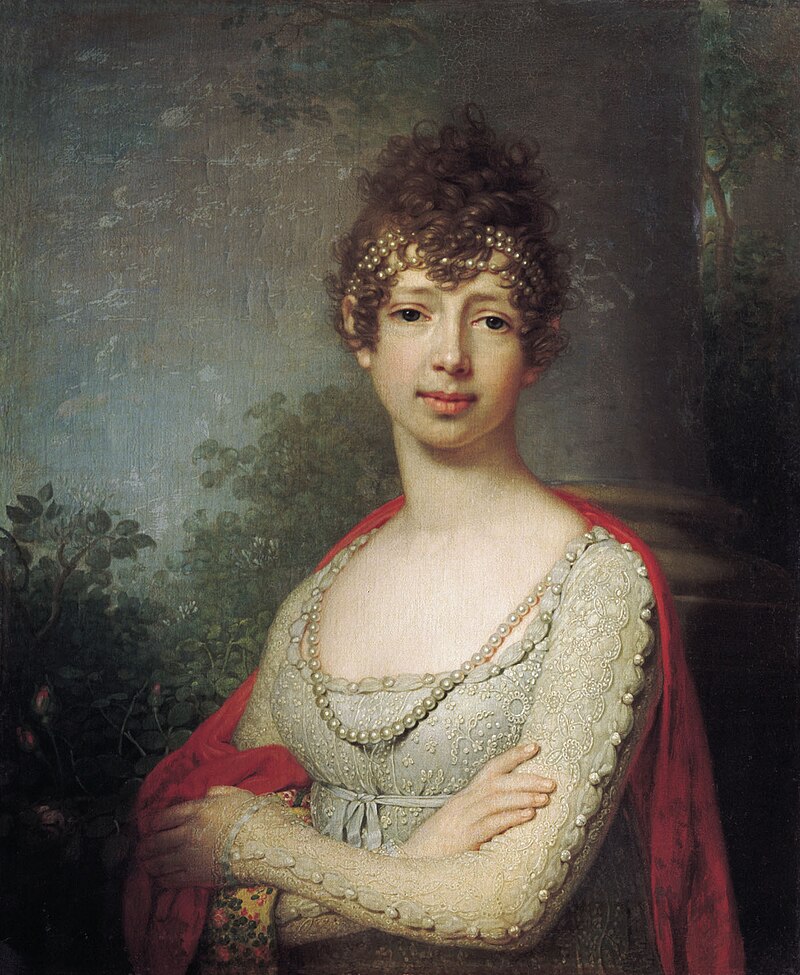© Unofficial Royalty 2024

David II, King of Scots; Credit – Wikipedia
February 22, 1371 – Death of David II, King of Scots at Edinburgh Castle in Edinburgh, Scotland; buried at Holyrood Abbey in Edinburgh, now in ruins
The second and last monarch of the House of Bruce, David II, King of Scots is one of the longest-reigning monarchs of Scotland, having reigned for 41 years, 260 days. He was the only surviving son of Robert I, King of Scots (also known as Robert the Bruce) and his second wife Elizabeth de Brugh. In 1328, four-year-old David married seven-year-old Joan of the Tower, the youngest daughter of King Edward II of England and Isabella of France. David’s mother had died in 1327 and upon the death of his father on June 7, 1329, five-year-old David succeeded to the Scottish throne. Joan died in 1362, at the age of 41, without giving her husband an heir. David married his mistress Margaret Drummond in 1364. He divorced her in 1370 on the grounds of infertility. However, Margaret successfully petitioned Pope Urban V to reverse the divorce because it seemed likely that David was infertile as his 34-year marriage to his first wife produced no issue. In the later years of his reign, David continued to pursue peace with England and worked to make Scotland a stronger kingdom with a more prosperous economy. David, aged 46, died unexpectedly in 1371. As both his marriages were childless, David was succeeded by his nephew, the son of his half-sister Marjorie, who became Robert II, King of Scots, the first monarch of the House of Stewart.
Unofficial Royalty: David II, King of Scots
February 22, 1921 – Death of Ernst Gunther, Duke of Schleswig-Holstein at Castle Primkenau in Primkenau, Germany, now in Przemków, Poland; buried in the Ducal Graveyard at Castle Primkenau
In 1864, following the Second Schleswig War, the Duchy of Holstein and the Duchy of Schleswig became occupied territories of the German Confederation and two years later, following the Austro-Prussian War, part of the new Prussian Province of Schleswig-Holstein. Just as with his father, Prussia recognized Ernst Gunter as the mediatized duke of these two duchies, with the rank and all the titles. (mediatize – to annex to another state, while allowing certain rights to its former sovereign) In 1898, Ernst Günther married Princess Dorothea of Saxe-Coburg and Gotha, the daughter of Prince Philipp of Saxe-Coburg and Gotha and Princess Louise of Belgium. They had no children. However, in 1920, they adopted Princess Marie Luise and Prince Johann Georg of Schleswig-Holstein-Sonderburg-Glücksburg, the children of Prince Albrecht of Schleswig-Holstein-Sonderburg-Glücksburg and his first wife, Countess Ortrud of Ysenburg and Büdingen. Ernst Günther, aged 58, died in 1921. As he had no legal heir, his titles were inherited by his cousin, Prince Albert, Duke of Schleswig-Holstein, son of Princess Helena of the United Kingdom and Prince Christian of Schleswig-Holstein, and a grandson of Queen Victoria.
Unofficial Royalty: Ernst Gunther, Duke of Schleswig-Holstein
February 22, 1933 – Birth of Katharine, Duchess of Kent, wife of Prince Edward, Duke of Kent, born Katharine Worsley at Hovingham Hall in Yorkshire, England
Full name: Katharine Lucy Mary
In 1956, Katharine met her future husband, Prince Edward, The Duke of Kent, while he was stationed with the British Army at Catterick Garrison, near Richmond, England. They were married in 1961 and had two sons and one daughter. The Duchess of Kent was known for handing out the trophies for the women’s singles final at the annual Wimbledon Championships from the 1970s to 2001. In 1994, Katharine converted to Catholicism, the first senior member of the royal family to convert publicly since the enactment of the Act of Settlement in 1701. In the years following, one of her children and several of her grandchildren have also become Catholic. In 2002, Katharine chose to reduce her public role and asked to be known as Katherine, Duchess of Kent (a style typically used for one widowed or divorced). However, formally she remains HRH The Duchess of Kent. She began teaching music at Wansbeck Primary School in Kingston upon Hull and also purchased an apartment in Notting Hill, London which she used to teach music lessons. The Duchess has not been seen in public recently. She did not attend the 2021 funeral of Prince Philip, The Duke of Edinburgh, the 2022 funeral of Queen Elizabeth II, or the 1923 coronation of King Charles III although her husband did attend all three.
Unofficial Royalty: Katharine, Duchess of Kent
February 22, 1968 – Birth of Princess Delphine of Belgium, formerly known as Delphine Boël, the illegitimate daughter of King Albert II of Belgium and his longtime mistress Baroness Sybille de Selys Longchamps, born in Uccle, Brussels, Belgium
In June 2013, Delphine filed a lawsuit to prove, through DNA testing, that she was King Albert II’s biological child. After a long legal process, in January 2020, the former King Albert II finally acknowledged that he was Delphine’s biological father, as proven by DNA testing. On October 1, 2020, the Belgian Court of Appeal ruled that Delphine and her children are entitled to the style and title of HRH Prince/Princess of Belgium, and can use the former King’s surname of Saxe-Coburg. In addition, she is legally entitled to inherit one-quarter of the former King’s estate – a share equal to that of his three legitimate children. She is still considered illegitimate (born out of wedlock) and as such, Delphine and her descendants are not in the line of succession to the Belgian throne.
Unofficial Royalty: Princess Delphine of Belgium
This article is the intellectual property of Unofficial Royalty and is NOT TO BE COPIED, EDITED, OR POSTED IN ANY FORM ON ANOTHER WEBSITE under any circumstances. It is permissible to use a link that directs to Unofficial Royalty.


